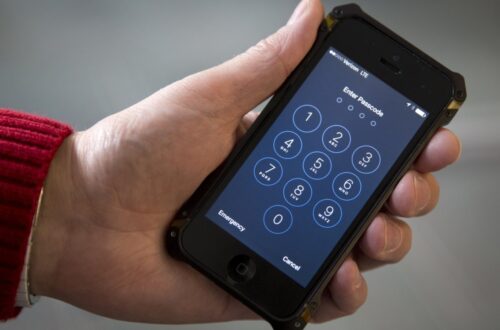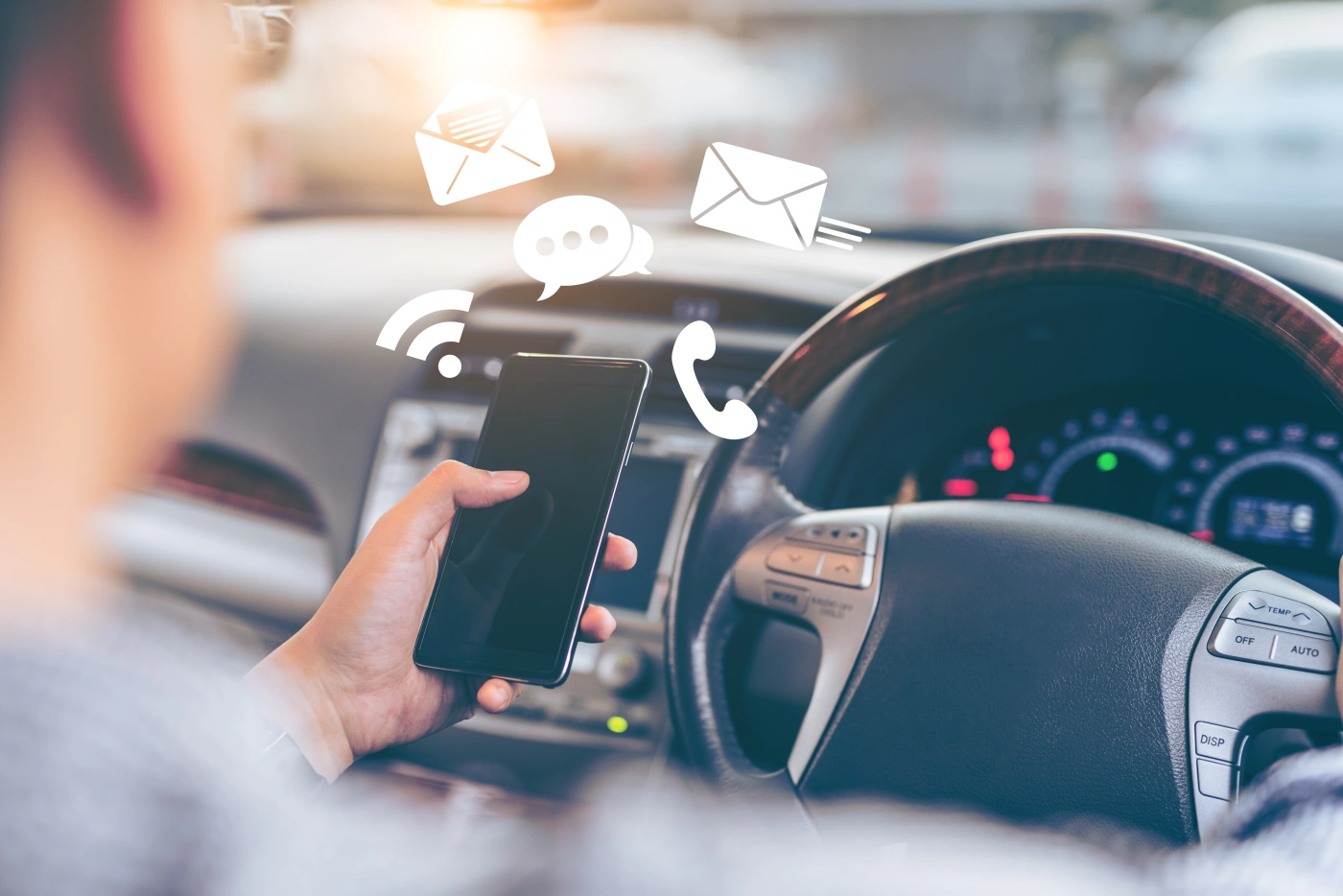Enhance your safety while driving by utilizing hands-free technology. Stay connected conveniently and safely with voice commands and steering wheel controls, keeping your focus on the road. Reduce distractions, respond quickly to traffic conditions, and guarantee compliance with laws and regulations. Remember that even with hands-free technology, cognitive distractions can still occur. By following tips for using hands-free devices, you can further prevent distractions and enhance your driving experience for safer journeys ahead.
Benefits of Hands-Free Technology
Hands-Free technology offers a convenient and safe way to stay connected while on the road. By utilizing voice commands or steering wheel controls, you can make calls, send messages, and access navigation without taking your hands off the wheel or eyes off the road. This seamless integration of technology into your driving experience allows you to stay productive and informed while minimizing distractions.
One of the key benefits of Hands-Free technology is improved safety. By reducing the need to physically interact with your devices, you can maintain focus on the task of driving. This helps decrease the likelihood of accidents caused by distracted driving, keeping you and others on the road out of harm's way.
Additionally, Hands-Free technology promotes convenience. Whether you need to respond to an urgent message or adjust your route, you can do so efficiently and effectively without compromising safety. This accessibility enhances your overall driving experience, making it more enjoyable and stress-free.
Impact on Driver Focus
Maintaining focus on the road is essential for safe driving, especially when using hands-free technology. Hands-free devices allow you to keep your eyes on the road and hands on the wheel, reducing the risk of accidents caused by distractions. By using voice commands or steering wheel controls to make calls, send messages, or change music, you can stay focused on driving without looking down at your phone or fiddling with buttons.
Studies have shown that even brief moments of distraction can greatly impair your ability to react to potential hazards on the road. Hands-free technology helps minimize these distractions, allowing you to respond more quickly to sudden changes in traffic conditions or unexpected obstacles. This heightened focus can make a critical difference in avoiding accidents and keeping yourself and others safe while driving.
Legal Implications and Regulations
To ensure compliance with laws and regulations, drivers must be mindful of the legal implications surrounding the use of hands-free technology while operating a vehicle. Many states have implemented laws restricting the use of handheld devices while driving to reduce distractions and enhance road safety. However, it's important to note that these laws also apply to the use of hands-free technology in some regions.
When it comes to regulations, it's important to understand the specific laws in your area regarding hands-free devices. Penalties for violating these laws can range from fines to points on your driving record, impacting insurance rates and potentially leading to license suspension in severe cases. Thus, staying informed about the legal requirements and restrictions related to hands-free technology is essential for responsible driving.
Safety Statistics and Studies
Exploring safety statistics and studies reveals valuable insights into the effectiveness of hands-free technology in preventing distracted driving incidents. Research indicates that using hands-free devices while driving can still lead to cognitive distractions, potentially impairing a driver's reaction time and increasing the risk of accidents. Even though hands-free technology allows drivers to keep their hands on the wheel and eyes on the road, studies show that the critical distraction of engaging in phone conversations or voice commands can still divert attention from the task of driving.
According to the National Safety Council, around 26% of all car crashes involve phone use, including hands-free devices. This data underscores the importance of understanding that hands-free does not necessarily mean risk-free. While hands-free technology can offer convenience and some level of safety compared to handheld devices, it is vital for drivers to remain vigilant and minimize distractions while on the road. Stay informed about the latest research findings to make well-informed decisions regarding the use of hands-free technology while driving.
Tips for Using Hands-Free Devices
For better utilization of hands-free devices while driving, prioritize setting them up before hitting the road. Mount your device in a convenient location where it won't obstruct your view or require fumbling around. Confirm the device is fully charged before you start your journey to avoid any disruptions due to low battery. Familiarize yourself with the device's features and functions, including voice commands, so you can operate it effortlessly while driving. Program essential contacts or navigation routes beforehand to minimize the need for interaction while on the road. Adjust the volume and settings to a comfortable level before you start driving to prevent distractions. Remember to keep your focus primarily on the road, using the hands-free device only when necessary. Take breaks if you need to handle more complex tasks on the device, ensuring your full attention is on driving when you resume. By following these tips, you can make the most of hands-free technology while staying safe on the road.
Frequently Asked Questions
Can Hands-Free Technology Be Used by All Drivers, Including Those With Disabilities or Impairments?
Yes, hands-free technology can be used by all drivers, including those with disabilities or impairments. It provides a safer way to stay connected while driving. Always confirm compatibility with individual needs and assistive devices for best use.
Are There Any Potential Drawbacks or Limitations to Using Hands-Free Technology While Driving?
When using hands-free technology while driving, you should be aware of potential drawbacks like voice recognition errors, distractions caused by the technology itself, and over-reliance leading to complacency. Stay vigilant and prioritize safety.
How Does Hands-Free Technology Integrate With Other In-Car Features and Systems, Such as GPS Navigation or Entertainment Systems?
When driving, hands-free technology seamlessly integrates with in-car features like GPS and entertainment systems. It allows you to stay connected and navigate without taking your hands off the wheel, enhancing your driving experience.
Are There Any Specific Recommendations for Choosing the Best Hands-Free Device for Different Types of Vehicles or Driving Conditions?
When selecting a hands-free device for your vehicle, consider factors like compatibility with your car's features, ease of use, and safety features. Choose a device that suits your driving conditions and needs.
What Are Some Common Misconceptions or Myths About Hands-Free Technology and Its Effectiveness in Preventing Distracted Driving?
Some common misconceptions about hands-free technology include believing it makes you immune to distractions. In reality, it can still divert your attention from the road. Stay informed and remember that safety always comes first.
Conclusion
To sum up, utilizing hands-free technology is essential in preventing distracted driving. It enables you to remain focused on the road and decreases the chance of accidents. With the legal ramifications and safety statistics backing the utilization of hands-free devices, it is vital to prioritize safety while driving. Remember to always use hands-free technology to keep yourself and others safe on the road. Drive responsibly and make sure to utilize these devices to prevent distractions while driving.



